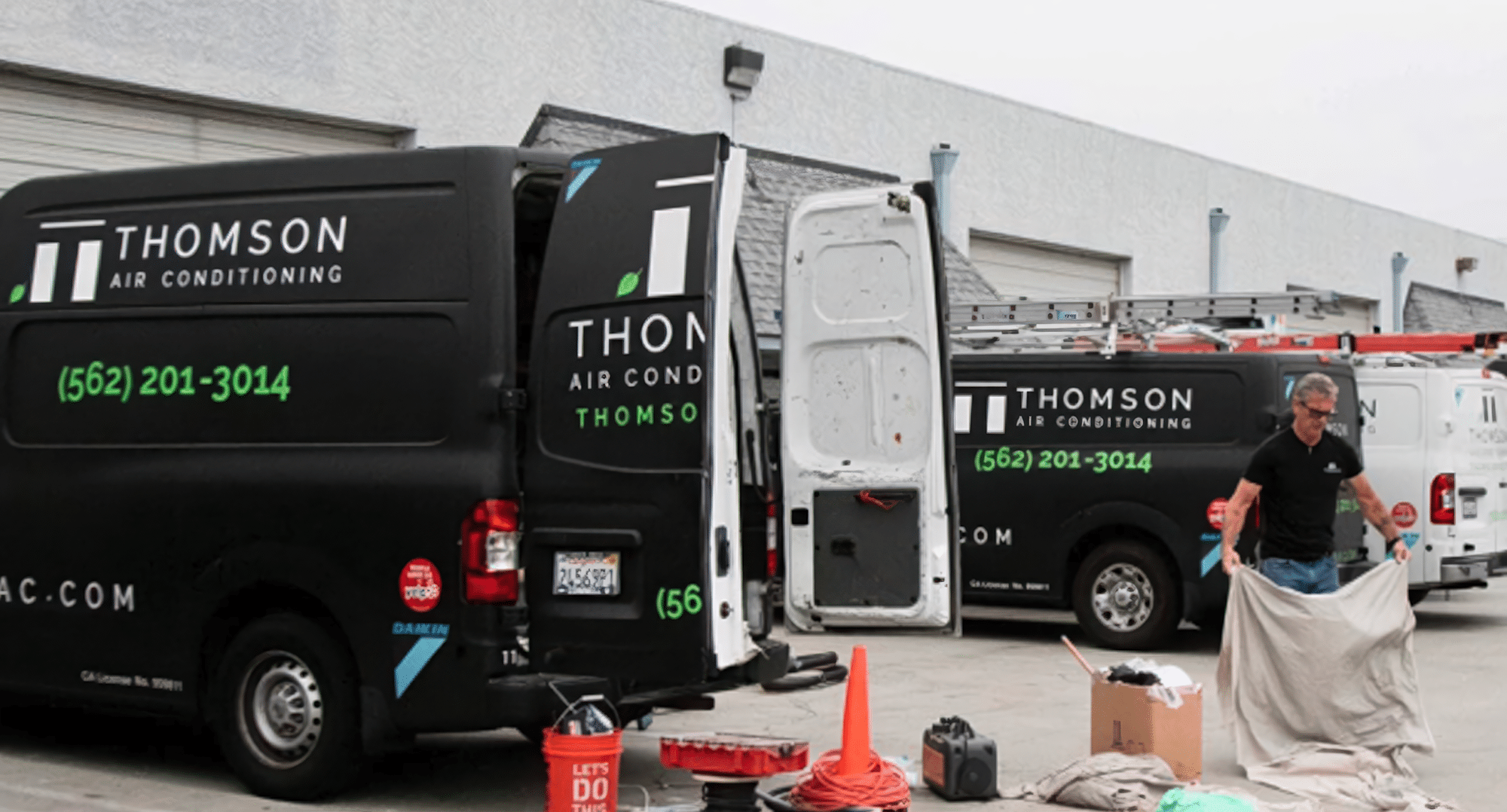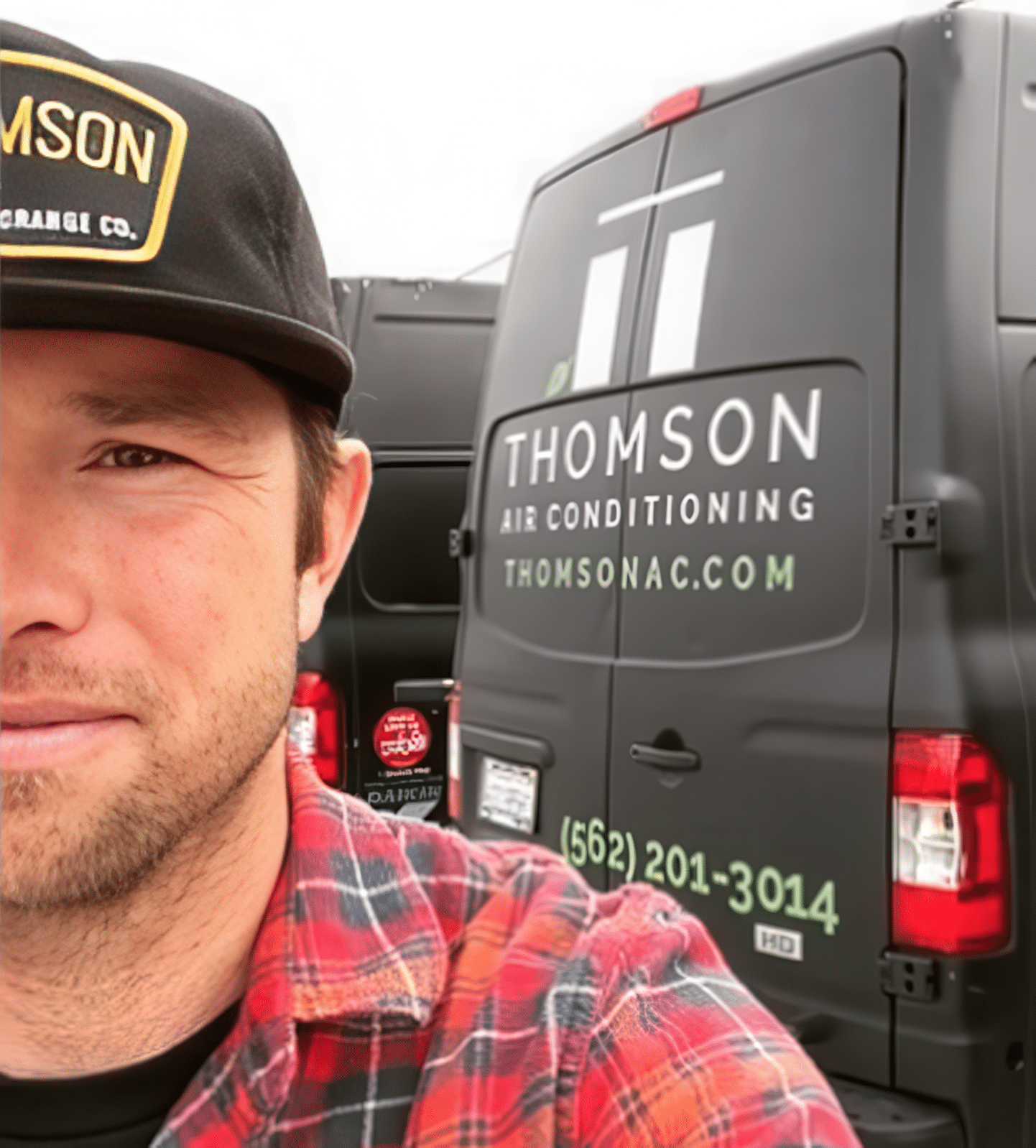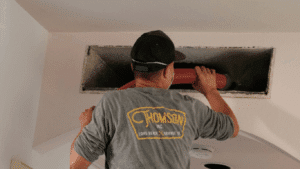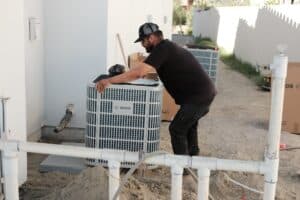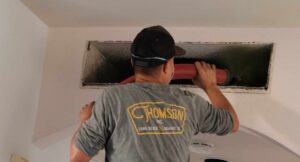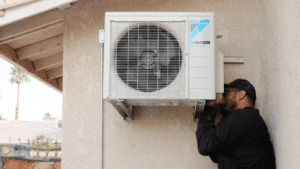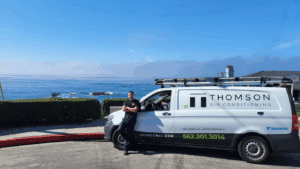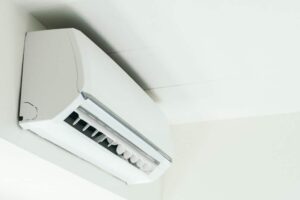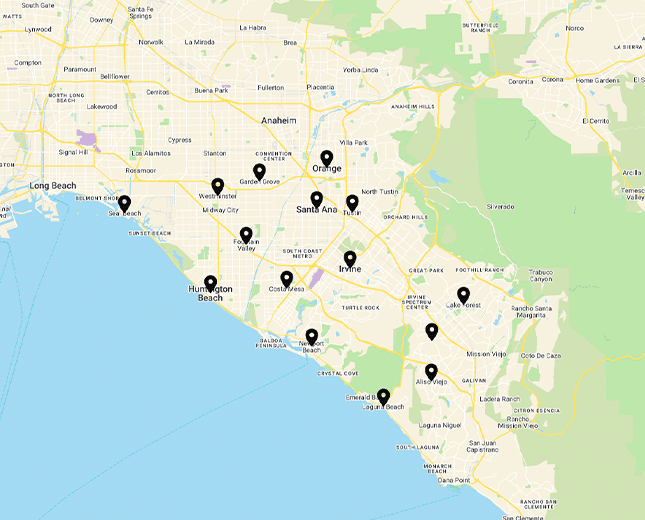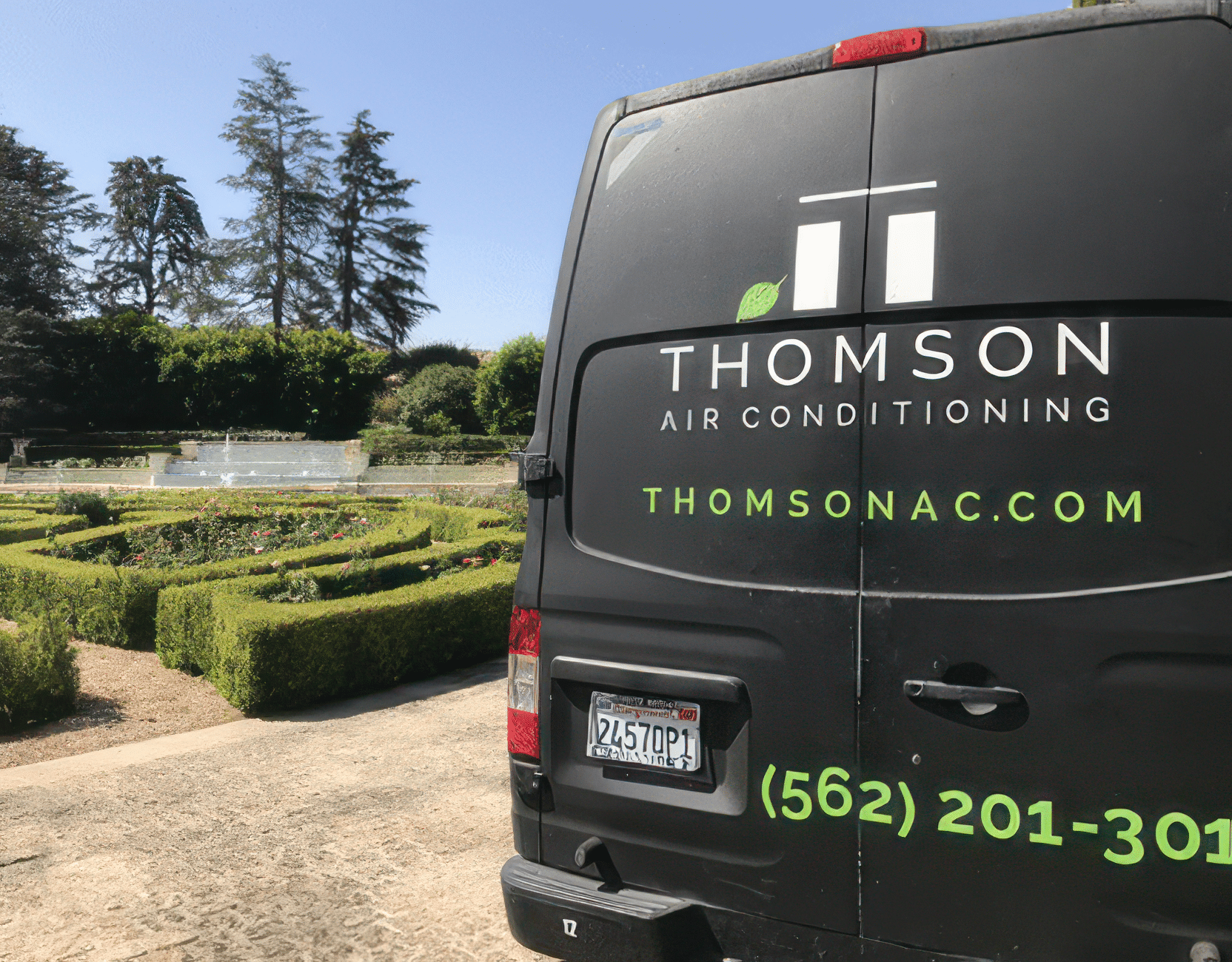Our residential maintenance plan is thorough, transparent and built to be the most peaceful process for you, the home owner. We flush your drain line, clean your condenser coil and test every component of your system every time. We send you videos of this entire process as we go through your system with a fine tooth comb and let you know exactly how it’s performing. This puts you in the drivers seat and allows you to make all the decisions for your home from a place of transparent knowledge.
If you are looking for a way to lower utility bills and cut costs this summer, tuning up your homes HVAC system continually proves to be a worthwhile and sound investment.
Don’t just take our word for it. EnergyStar has an article on residential air conditioning maintenance that you can read.
Maintenance Checklists
Below are lists of services that are performed on your HVAC system during a normal maintenance visit:
For Outdoor Units
- Inspect unit for proper refrigerant levels and provide quote for adjustment if necessary
- Clean dirt, leaves and debris from inside cabinet if necessary
- Inspect base pan for restricted drain openings – remove obstructions as necessary
- Inspect coil and provide quote for cleaning as needed
- Inspect cabinet and clean as needed
- Inspect fan motor and fan blades for wear and damage – on older models lubricate as needed
- Inspect control box, associated controls/accessories, wiring and connections. Controls may include contactors, relays, circuit boards, capacitors, sump heat and other accessories. All control box and electrical parts should be checked for wear or damage.
- Inspect compressor and associated tubing for damage
For Indoor Units
- Inspect blower assembly (includes blower housing, blower wheel, and motor).
- On older models, lubricate the motor and inspect and replace the fan belt if needed.
- Check combustion blower housing for lint and debris and clean as necessary.
- Inspect the evaporator coil, drain pan, and condensate drain lines. provide quotes for cleaning as needed.
- Inspect for gas leaks in gas furnaces.
- Inspect burner assembly – clean and adjust as needed.
- Inspect ignition system and safety controls – clean and adjust as needed.
- Inspect the heat exchangers or heating elements.
- Inspect the flue system – check for proper attachment to the furnace, any dislocated sections, and signs of corrosion. Replace if necessary.
- Inspect the control box, associated controls, wiring, and connections.
- Clean or replace air filters.
- Inspect conditioned airflow system (ductwork) – check for leaks.
While Your System is Running
- Monitor system starting characteristics and capabilities.
- Listen for abnormal noise.
- Search for the source of unusual odors.
- Monitor air conditioning and heat pump systems for a correct refrigerant charge.
- Measure outdoor dry bulb temperature.
- Measure indoor dry and wet bulb temperature.
- Measure high and low side system pressures.
- Monitor the gas furnace for correct line and manifold gas pressure – make adjustments as needed.
- Measure temperature rise and adjust airflow as needed.
- Check the vent system for proper operation.
- Monitor the system for correct line and load volts/amps.
- Monitor system operation per manufacturer’s specifications.
- Provide system operation reports and recommend repairs or replacements as necessary.
Note: Not all items apply to every situation. Additional costs may apply according to an existing unit condition in accordance with an individual maintenance plan and contract.
